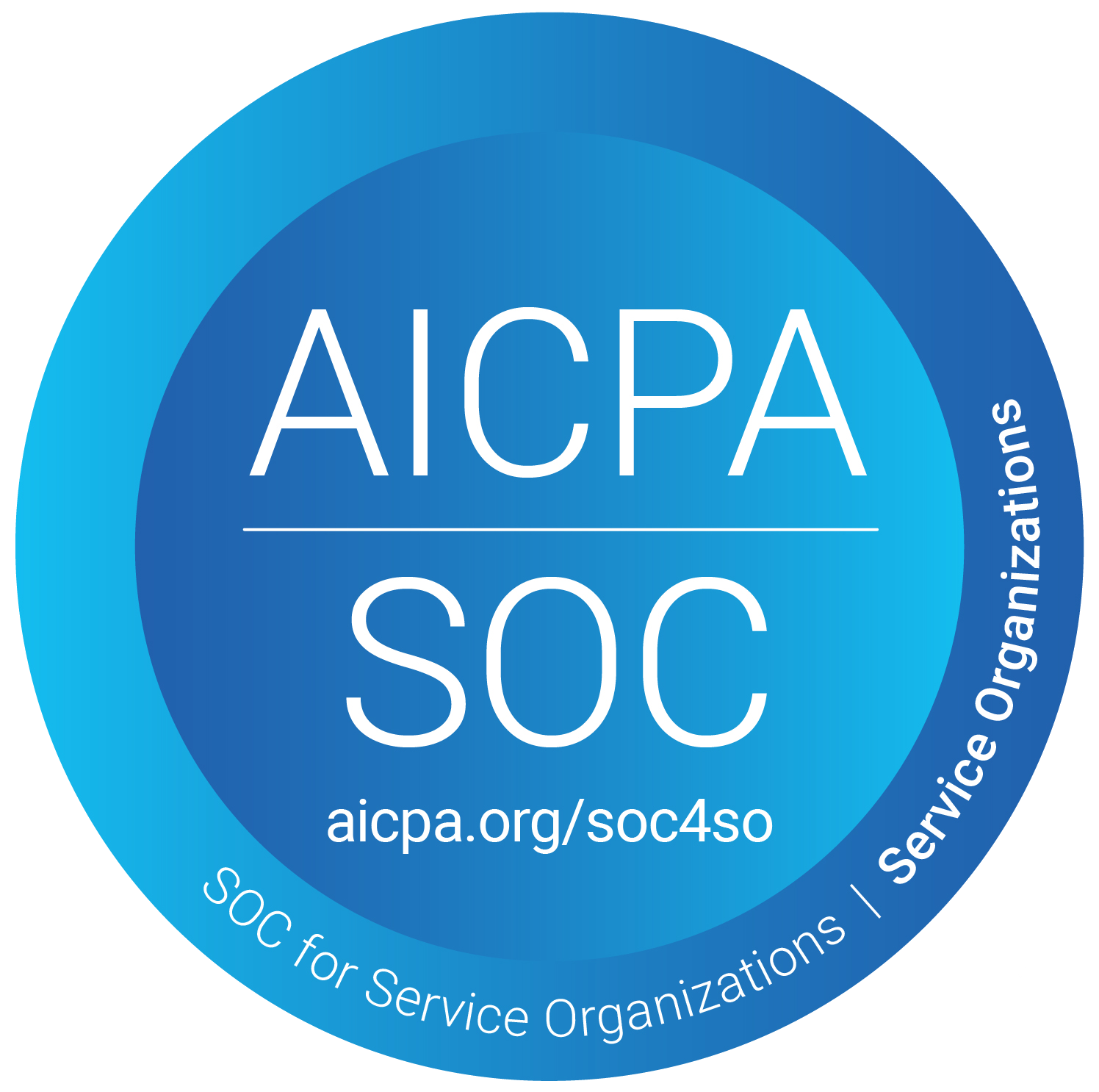Google "finance transformation" and you’ll find a plethora of information about how operating models and processes are being rethought and brought up to date. You’ll be presented with a ton of results that explore how the latest technologies can be employed to eliminate waste and get fast, accurate results. But there is one area that has lagged behind and hasn’t always been subject to the same approach — the intercompany function.
Why is this? Are the outcomes any less worthwhile?
No, the same benefits are true when applied to the intercompany function. It provides meaningful insights to leadership, increases agility to respond to market and regulatory changes, better adheres to regulatory rules and best practice, removes inefficiencies, and makes the function a competitive advantage rather than an overhead.
Who Owns the Problem?
So what is it that makes intercompany the forgotten function in the finance transformation journey?
In some ways, it’s worth looking at whether intercompany is actually a business function in the first place. In many organizations, it’s not — and the responsibility can sit between finance, tax, and treasury. That can mean the ownership of any transformation journey falls between the cracks. Also, it's assumed that the ownership sits at the corporate-head-office level in the first place. In reality, responsibility for intercompany accounting is often poorly defined as sitting between the parent company and its subsidiaries, meaning that local processes have an opportunity to become embedded and thus lead to global divergence.
Efficiencies not Recognized
In other finance functions, many organizations have introduced shared service center operations to centralize and standardize common global processes. This approach, however, has been adopted less frequently with intercompany.
Part of the problem is that support for intercompany functionality in ERP systems has been lacking, so many organizations have resorted to using offline and manual routines to conduct critical intercompany accounting processes. Introducing dedicated intercompany-automation software such as Virtual Trader facilitates the adoption of this new approach.
Additionally, intercompany is seen as “just an internal process.” It's considered to be a lower priority because it involves no customer interaction. It becomes something for another day — one to kick into the long grass. But that view overlooks what can be gained from the transformation process.
Additional Benefits
As well as the finance transformation gains discussed above, some of the benefits of transforming the intercompany space don't always apply to other finance functions.
First, intercompany is typically more sensitive to direct tax matters than other functions. This means there is a greater opportunity to increase efficiency and reduce tax exposure.
Second, the intercompany process has a huge impact on cash flow and working capital. When it's well organized with treasury having visibility and control over global intercompany due-to and due-from, it's easy to make tactical decisions that maximize working capital and use it most efficiently. When intercompany operations are poorly defined, lack of visibility and control means the treasury function is prevented from optimizing the organization’s assets.
Third, by increasing transparency of the intercompany process, organizations are better equipped to deal with increasing burdens arising from audit and regulatory processes, such as OECD, BEPS, and country-by-country reporting.
Intercompany Transformation
So what can be done?
There's no one-size-fits-all approach for any finance transformation program — and this article isn't intended to be a definitive guide. However, the old ITIL adage of people, processes, and technology rings true once again. Technology is an enabler, not a silver bullet — and anyone who tells you otherwise shouldn’t be trusted! It must be used to facilitate the changes being brought to the people and process parts of the equation.
It's a given that all journeys will vary based on industry sector, company size and maturity, and so on. But in broad terms, it's likely to look something like this:
- Understand and document current processes
- Review and reassess
- Define the future state
- Reorganize and then appoint Global Process Owners
- Consider a shared service or center of excellence approach
- Document, communicate, and educate
- Use software to avoid problems in the first place and to automate volume
- Establish a single source of truth
The role of technology is to support the newly defined processes by a) simplifying and enforcing policy to avoid issues and b) reducing the human factor from heavy processing to avoid errors and tedious work.
Speak to us about how we can help your team with its intercompany transformation journey and to arrange a free demo of the Virtual Trader solution.




 US
+1 800 961 9640
US
+1 800 961 9640

